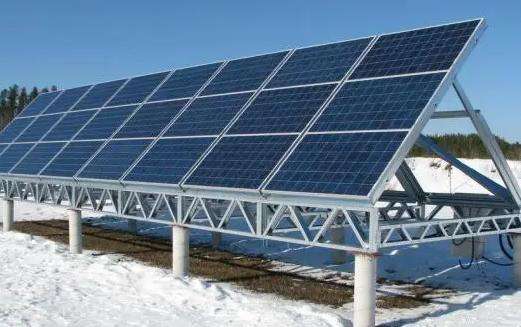Bayannur City, Alxa League and Tongliao City in eastern Inner Mongolia, etc. Information from Sohu.com shows: According to the plan, the Inner Mongolia Autonomous Region will vigorously develop the wind power industry, focusing on building 10-million-kilowatt wind power bases in Bayannur City, Alxa League and Tongliao City in eastern Inner Mongolia. These areas are rich in wind energy resources and have huge development potential. By building wind power bases, we can improve the utilization efficiency of wind energy resources, reduce power generation costs, and promote the development of new energy industries.
Clean energy includes solar energy, water energy, and wind energy.
Clean energy, that is, green energy, refers to energy that does not emit pollutants and can be directly used for production and life. It includes nuclear energy and "renewable energy."
On September 20, 2019, Li Fulong, Director of the Development Planning Department of the National Energy Administration, said that while studying the "14th Five-Year Plan" energy development plan, the development of clean energy will continue to be strengthened.
In 2022, China's annual power generation from clean energy sources such as hydropower, nuclear power, wind power, and solar power was 2,959.9 billion kilowatt-hours, an increase of 8.5% over the previous year.
In the traditional sense, clean energy refers to environmentally friendly energy, which means environmental protection, low emissions and low pollution. However, this concept is not accurate enough, and it is easy for people to mistakenly think that it is a classification of energy, thinking that energy can be divided into clean and unclean, thus misunderstanding the original meaning of clean energy.
Clean energy has the following forms in practical applications:
1. Solar energy: convert sunlight into electricity through photovoltaic power generation technology, or use solar energy Thermal energy performs heating and cooling.
2. Wind energy: Wind energy is converted into electrical energy through wind turbines for power supply and storage.
3. Hydropower: Convert water flow energy into electrical energy through hydroelectric power stations, which is suitable for power supply in mountainous areas, rivers and other areas.
4. Geothermal energy: Use underground thermal energy for heating and cooling, or convert geothermal energy into electrical energy through geothermal power stations.
5. Biomass energy: Use biomass fuel for power generation, heating and hot water supply.
6. Waste energy: Utilize waste and garbage for incineration, fermentation and other processing methods to generate energy supply.














